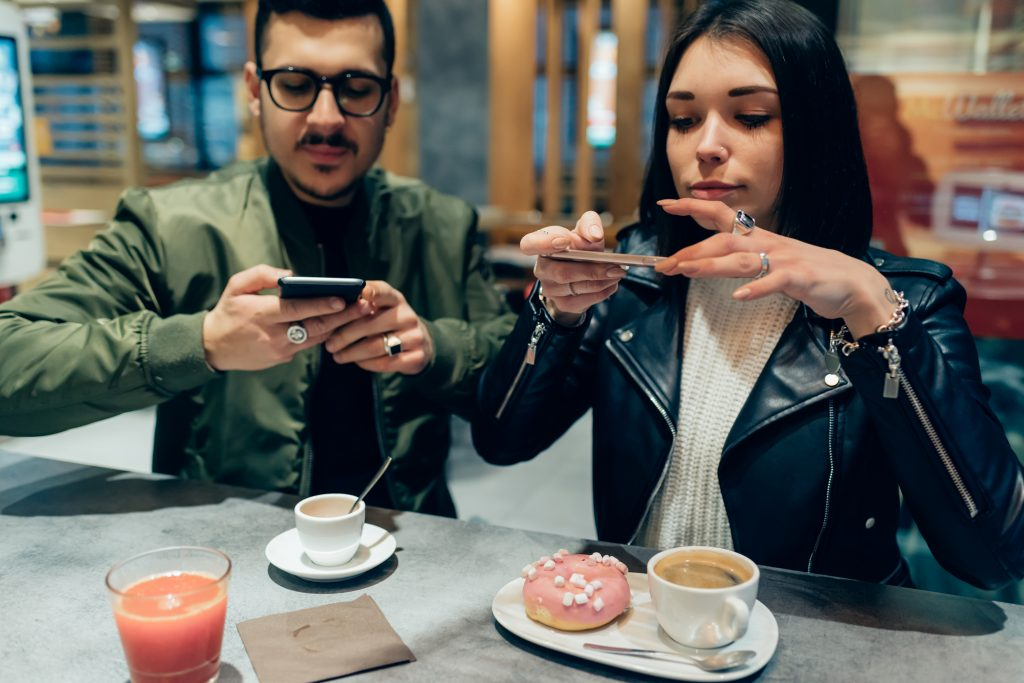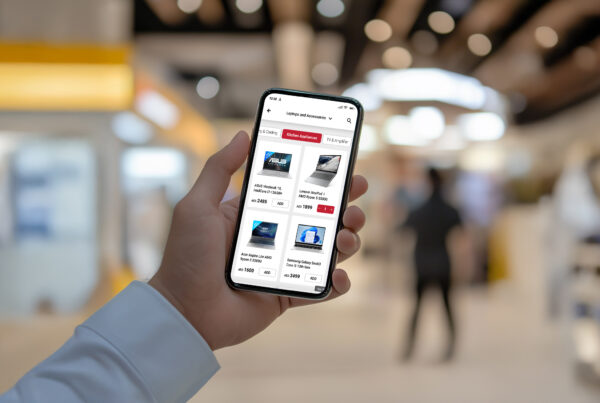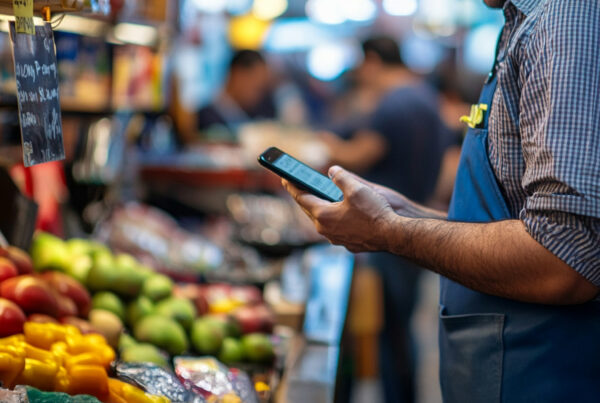Existing customers are one of the most valuable assets to market your business.
Sure, you might be leveraging your existing customer base for repeat purchases through loyalty programs, retargeting campaigns, etc but have you utilized it as a marketing asset for brand advocacy?
A significant number of businesses focus on new customer acquisition when the fact is that acquiring new customers is 5 to 25 times more expensive than retaining existing ones.
Providing exceptional quality and service is pivotal to business success, but going that extra mile to convert a satisfied customer into a brand advocate boosts your marketing effort tremendously.
Brand advocates are the people who genuinely believe in your products and will recommend them to others. They will leave positive reviews, tag you in their online content and vouch for your brand. Brand advocacy in today’s age is simply your traditional word-of-mouth with an online twist!
If you are wondering, why do we need to draw our focus to these brand advocates rather than resort to other advertising channels, we have the answers.
According to Neilson, 90% of customers find recommendations from people they know trustworthy. This is higher than any other channel of advertising.
As per Social Toaster, word-of-mouth advocacy increases marketing effectiveness by 54%, making it one of the most affordable and cost-effective ways to bring new customers.
The four stages of building a customer advocacy channel are as follows:
- Find and Engage Your Potential Advocates
- Request for Action
- Reward Your Advocates
- Repurpose User-Generated Content
1. Find and Engage Your Potential Advocates
Not all customers will become your brand advocates. There will always be a set of customers who will visit or order online and not return for a repeat purchase. Some will become regular customers, but a handful of them will go out of their way to share content and reviews about your brand.
It is essential to recognize the right advocates and engage them in a manner that makes them feel affiliated with your brand.
Starbucks ran a low investment advocacy campaign in 2013 called #tweetacoffee, allowing customers to buy a 5-dollar gift card for a friend by tweeting the friend’s Twitter handle and Starbucks. The campaign clocked a revenue of $180,000 and helped the brand identify advocates and potential customers for Starbucks. The campaign’s real win was that it helped link 54000 customers’ Twitter IDs to their mobile phones and customer IDs for future marketing endeavors.
2. Request For Action
On average, Food and beverage posts on Instagram drive an engagement rate of approximately 1.06%, which is the highest amongst all social media sites making Instagram an engagement powerhouse.
Within Instagram, User Generated Content (UGC) is considered the most authentic, garnering a higher average engagement rate.
With user-generated content, users get authentic reviews about products and are more likely to trust it over any other marketing content.
Encourage your audience to engage with you online through contests, giveaways, taggint them in your posts/stories etc. Actively look out for hashtags related to your restaurant and location tags in case someone hasn’t tagged your restaurant directly. It is essential that you document reviews, comments, feedback, and tags to repurpose it for marketing. One way to encourage user-generated content is to create a photo-op at your restaurant – a tiny corner with a cool sign or a mural that creates an iconic, “gram-worthy” background for photos. Keep the restaurant’s hashtags and social media handles near it so that people don’t miss out on tagging you.
Upshow is a tool that takes user-generated content and automatically displays it on the screen at your restaurant. It is an effective technique to encourage your audience to generate content for you as it gives them the thrill of seeing their content displayed on your restaurant screen.
3. Reward Your Advocates
You might wonder, “Why do we need to incentivize our advocates in the first place? Shouldn’t they want to promote my content? After all, they love it!”
An incentive is a perfect way to thank your brand advocates and forge a long-term relationship. Some simple ways to do this are by incentivizing writing a review, sharing a photo by offering gift cards, personalized thank you notes, or giving free appetizers to such customers. It is essential that optics focus on the organic nature of this association and the reward does become the driving force but remains merely an encouragement factor.
Psst, ensure you give credits or seek permission before sharing user-generated content.
4. Repurpose user-generated content
There are many things you can do with user-generated content apart from resharing them on your social media handles.
Diners often check out the restaurant’s website before deciding where to eat, so prepping the website with user-generated content will add to the authenticity. You can embed such content on the website by picking up 3 or 4 pieces to serve as testimonials.
Another innovative way is to use it on marketing collaterals to bridge the gap between an inquiry and action.
You can also create opportunities to involve your audience to be a part of your growth story. Kadalas a see-facing restaurant in Kozhikode, India conducted an online photography contest where the customers were encouraged to click photos in the restaurant and share them on Instagram using their hashtag to win an opportunity to get them featured on their anniversary special menu.
This unique content created by the customers adds to the trust and involvement of existing and potential customers.
Use this simple four-step Lyve strategy to build a brand advocacy strategy for your restaurants. We are all ears for more ideas. Let us know if you’ve got any other brand advocacy-building tactics or examples in the comments below.



